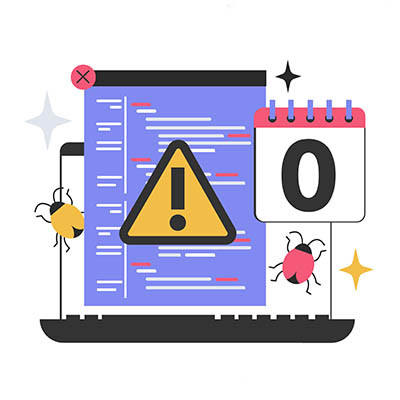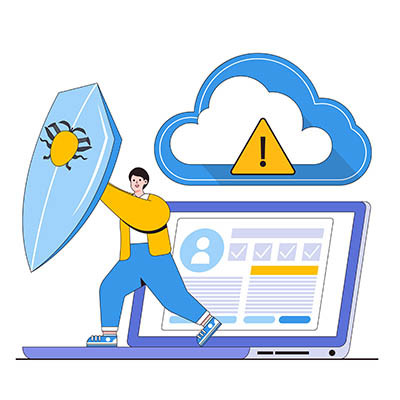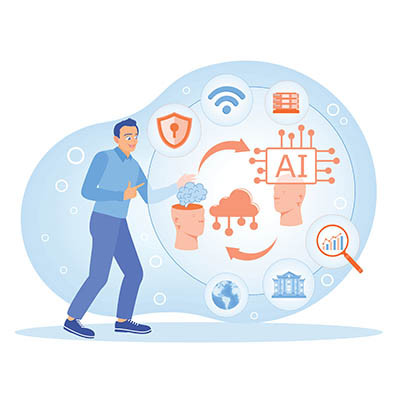Is your business still tied up with its rapidly aging server hardware? This can stifle your company’s growth, whether you realize it or not. The good news is that the cloud offers ways for your business to transcend the limitations of traditional IT, and with a cloud-first IT model, you can work toward making the cloud your default and preferred choice for all your new IT initiatives.
Today, we’ll look at why the cloud-first model is the preferred choice for modern business owners, as well as how it can lead to more scalability, cost predictability, and remote work potential for your company’s employees.




















